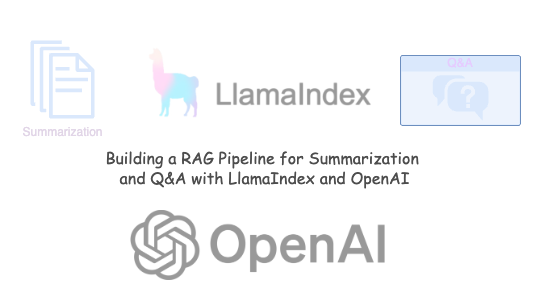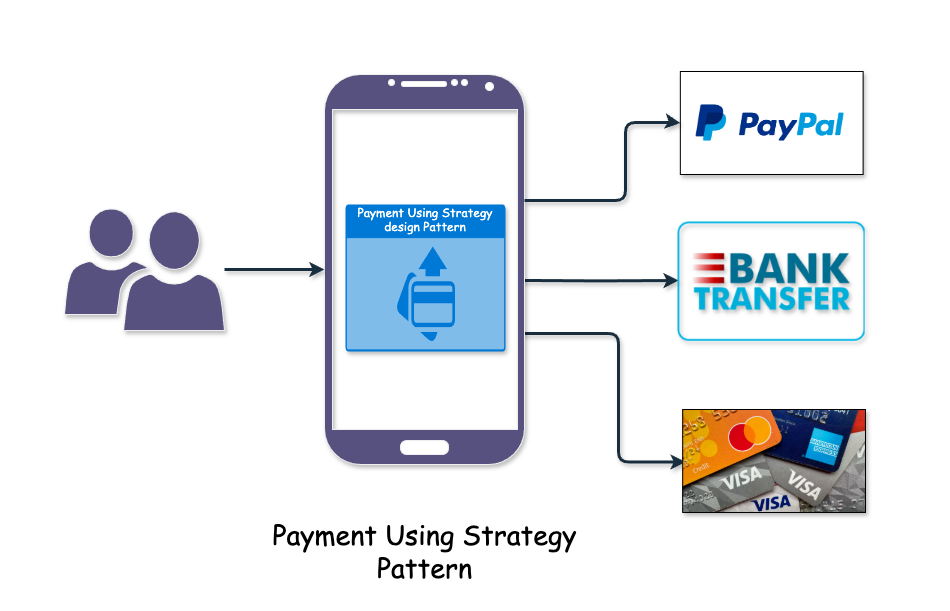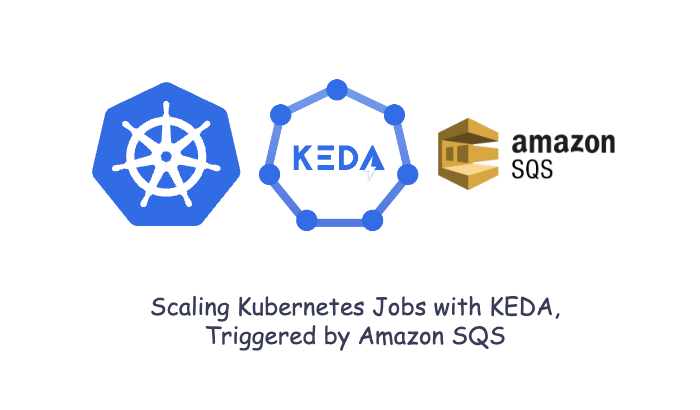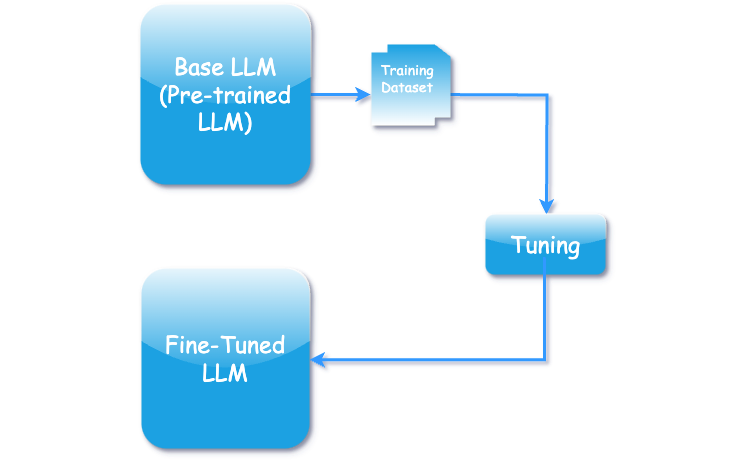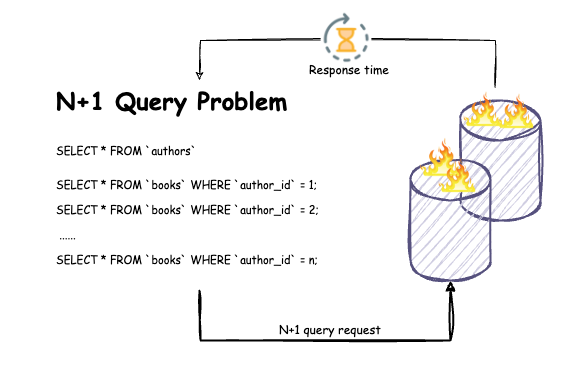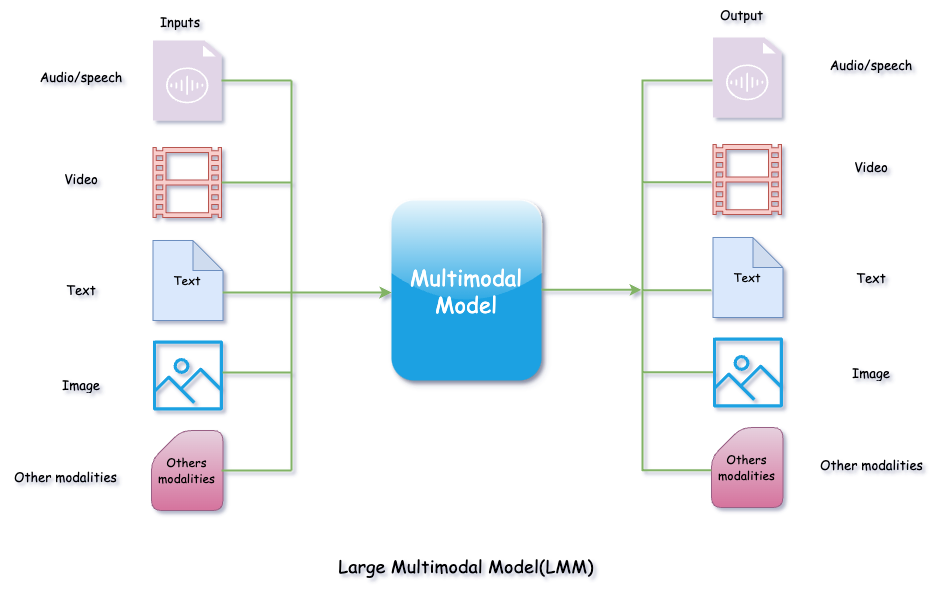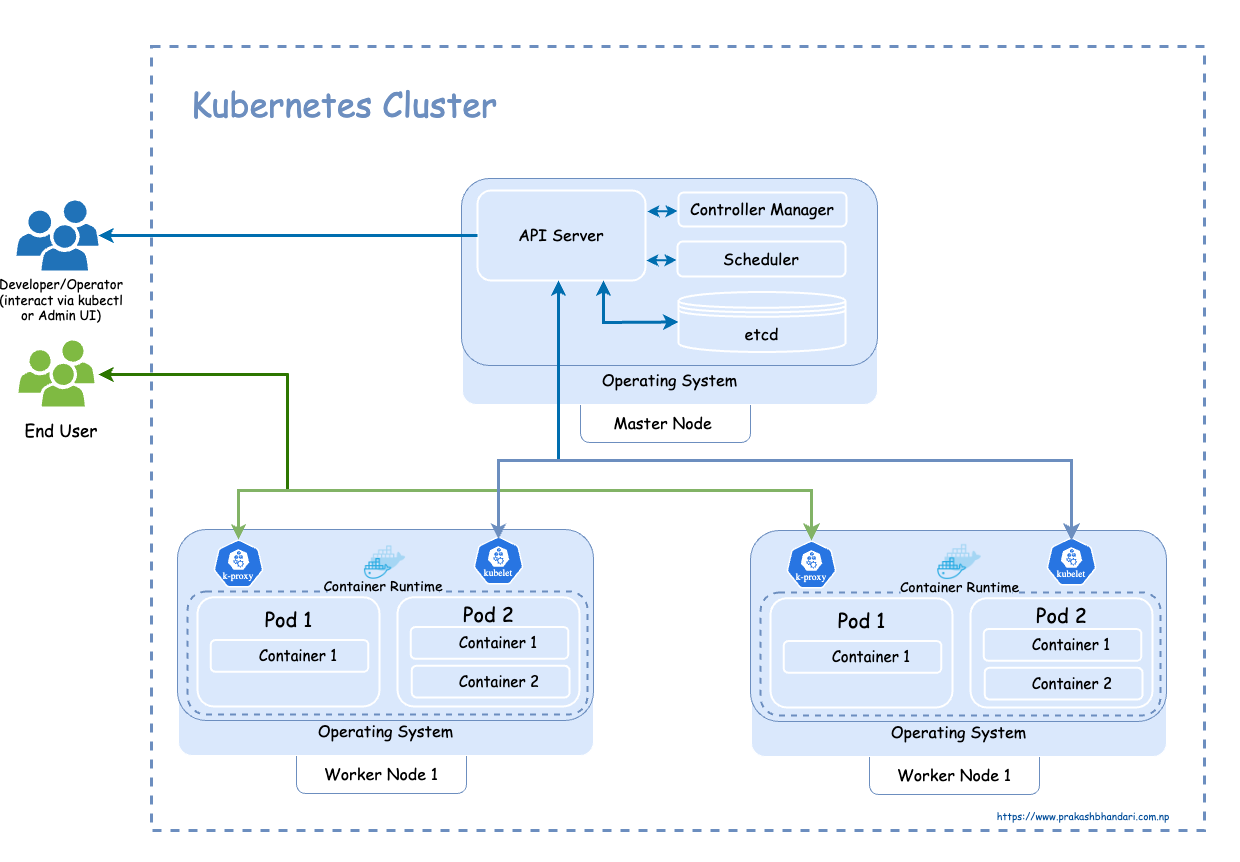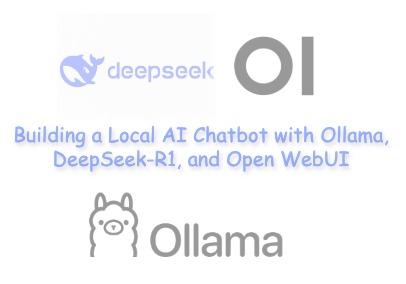
Building a Local AI Chatbot with Ollama, DeepSeek-R1, and Open WebUI
In this post, I will guide you through setting up a local AI chatbot using Ollama, DeepSeek-R1, and Open WebUI. This approach provides flexibility, privacy, and control over your AI interactions without relying on cloud-based services. Also saves cost in the long run. We’ll keep things simple and concise while covering the installation of Ollama, running LLM models like DeepSeek-R1, and using the web interface to interact with them locally....
